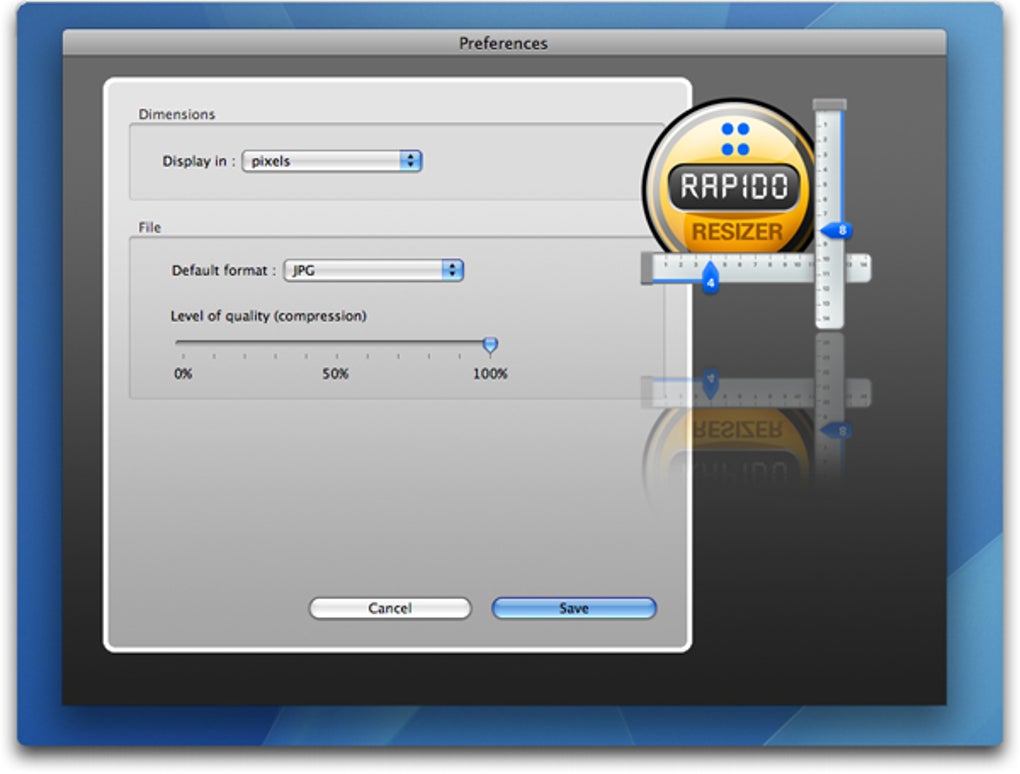

The simplest fix for Safari fluid-typography appears to be adding min-height: 0vw. Why not use a percentage value? Unfortunately, percentage values fail in IE and Edge. This is why the unit on this value does not change with the selected preference. It is stated in REM, which reads any user-defined setting before applying the math. The secret sauce is the calculations minimum font-size. When the calculation is applied it does not reset user-defined preferences, it compliments, thereby maintaining this accessibility feature. Mike Riethmuller has written an excellent article Precise control over responsive typography, though it underplays my accessibility concerns. See Responsive fonts - auto-scaling the root font-size for more detail. The alternative is to use vmin (or eventually vmax once IE plays catch-up). Personally, I do not consider this an issue but if you do, drop me a line and I'll see what I can work up. Note: VW is used which supplies a different font-size on devices spun between portrait to landscape. Common responsive image solutions tend to generate images based on a fixed set of image width values, disregarding the actual saving in file size bytes. Ive made a responsive web page that looks really great when resizing the window manually but doesnt look so great when using the responsive tool embedded in chrome.

RESPONSIVE RESIZE TOOL GENERATOR
With Responsive Resize, XD automatically predicts which constraints you are likely to apply. This breakpoints generator tool helps developers automatically find the optimal image sizes needed for the best viewing experience in web and mobile apps on a variety of screen sizes. = 100 * font_size_difference / viewport_differenceįont-size = calc(min_font_size_in_REM + (max_font_size - min_font_size) * ((100vw - min_viewport_including_unit) / (max_viewport - min_viewport))) Responsive resize and constraints Work with responsive resize. YY = 100 * (max_font_size - min_font_size) / (max_viewport - min_viewport) This calculator generates the figures for the math equation: Equation: font-size = calc(ZZ + ((1vw - XX) * YY)) If you experience SASS issues with min-max, try capitalising Min and Max. This will change with time, see: Can I Use CSS Math Functions for currently aligned browser support.įor more details on these newer methods please see Chris Coyer's article Simplified Fluid Typography. Unfortunately, at present, they don't have the level of browser support that the media-query version has. The upside of both these methods is they remove the requirement to use media queries. Supported by all modern browsers: Can I Use Viewport units. Some versions address the whole page, others manipulate individual selectors but all of them use a calculation based upon the VW unit to generate the scaling behaviour. They all leverage the viewport width, and / or height, to smoothly scale the font-size rather than switch at specific breakpoints. Copy CSS Test window Generated CSS: What are fluid-responsive fonts / fluid typography?Īlso known as: Responsive typography (excellent article), Flexible Type, Fluid Type, Viewport Sized Typography, Fluid Typography, and even Responsive Display Text.


 0 kommentar(er)
0 kommentar(er)
